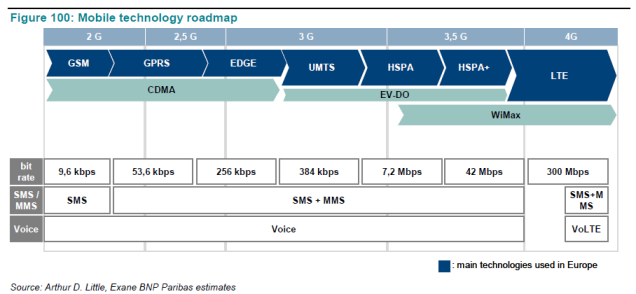(Up-to-date source of this post.)
OsmocomBB (Open source mobile communications BaseBand) is an GSM Baseband software implementation. It intends to completely replace the need for a proprietary GSM baseband software. By using OsmocomBB on a compatible phone, you are able to make and receive phone calls, send and receive SMS, etc. based on Free Software. You can learn, hack and audit mobile networks with this tool.
Follow notes on how I got OsmocomBB runnning on Motorola C118 (brought to me by Mate :-).
Compile
- get started
cd ~/osmocom-bb/src/target/firmware/- uncomment
CFLAGS += -DCONFIG_TX_ENABLEinMakefile - read this and this
Run
load layer1 code into mobile phone RAM
cd ~/osmocom-bb/src/host/osmoconsudo -E ./osmocon -p /dev/ttyUSB0 -m c123xor ../../target/firmware/board/compal_e88/layer1.compalram.bin- shortly press On/Off button
run mobile - application implementing a regular GSM mobile phone (and more)
cd ~/osmocom-bb/src/host/layer23/src/mobilesudo -E ./mobile -i 127.0.0.1
start terminal connection to mobile
cd ~/osmocom-bb/src/host/osmocontelnet localhost 4247enablesim pinshow ms 1 <PIN>show subscriber
Wireshark
To install and run follow this. Quick how-to run wireshark:
nc -u -l 127.0.0.1 4729 > /dev/null & ## to discard ICMP port unreachable messages
sudo wireshark -k -i lo -f 'port 4729' ## listen on loopback device, port 4729
System information type 4
- This message is sent on the BCCH (Broadcast Control Channel) by the network to all mobile stations within the cell giving information of control of the RACH (Random Access Channel), of location area identification (LAI), of cell identity and various other information about the cell.
- Source: I-ETS 300 022-1 (1998)
- See also: Signaling Channels


